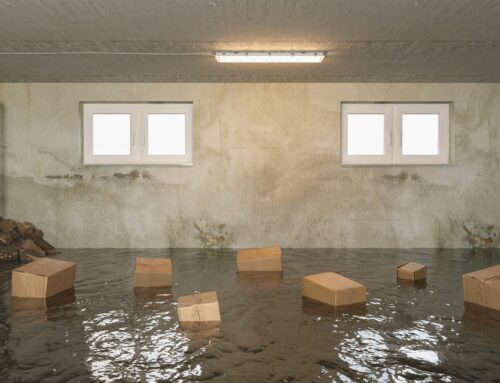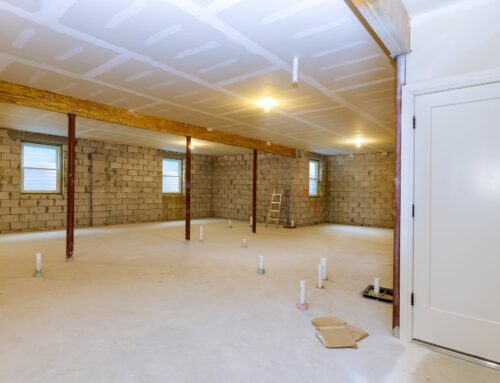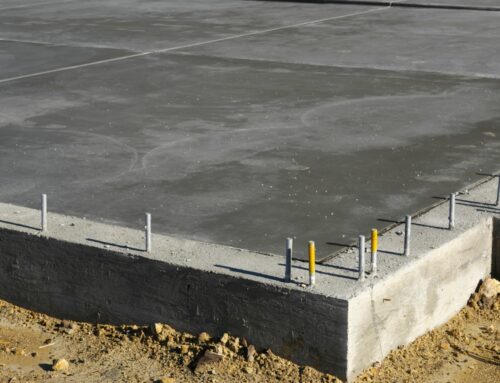Retaining walls can be part of a building or independent structures on their own. Their primary purpose is to provide support for soil and prevent erosion. Many types of material can be used to build retaining walls.
The most common materials used are cement with rebars, stone with cement, and more. Of course, each material has its own set of advantages and disadvantages. Some are easier to use than others, and some can also last longer. The one consistent thing is its ability to retain soil.
Here are more reasons why your building should have retaining walls:
Prevents Soil Erosion
This is always a significant risk to buildings despite the climate of a particular area or the nature of the landscape. For a building to have proper structural support, it has to be anchored to the soil.
Retaining walls can help maintain the integrity of land by preventing soil erosion, especially for properties where one side is made up of soil or belowground.
One of the major risks for any building is soil erosion. The fact is the integrity of your structure relies less on the climate and more on the nature of the landscape. The most important thing when it comes to structural integrity is the soil. Your building has to be anchored properly to the soil for optimum support and sustainability.
Retaining walls help to maintain the integrity of the land by preventing soil erosion. This is especially important for buildings that are built on land that doesn’t have vegetation coverage.
Creates a Flat Area
When you’re building a property, you want the area to be nice and flat. Building your property on sloped land can make construction more complicated than it should be. A retaining wall can make construction much easier because it can create a flat area. Retaining walls make construction possible even on land that can be difficult to build on.
Instead of going straight to landscaping and trying to dig around just to make the land more suitable for construction, it’s better to have a retaining wall first. The retaining wall will be eliminating the hills or slopes that are in the way of construction. To ensure that it’s strong, you may need some tiebacks to reinforce them further.
Improves Site Drainage
Retaining walls must have piping to prevent water from leaching from the soil. When you include drainage pipes or channels beside your retaining walls, it can channel runoff water to a designated area. This is particularly useful for properties that are built in areas where there is frequent rain and flooding.
Water is one of the leading causes for weakening the structural members of your building. It can rot wood, lead to mold, and cause property damage. Once water compromises your structure, collapse and ruin won’t be too far away. Of course, your property’s longevity and structural integrity are one thing you want to ensure with your property.
Conclusion
For the most part, people are divided when it comes to their opinion of retaining walls. However, whether you love it or hate it, you should know its many uses first. At the end of the day, the decision is not up to you. Your structural engineer will know whether to recommend it for your property or not.
One of the most beneficial characteristics of retaining walls is that it strengthens the structural integrity of your building. It can make construction easier and eliminate obstacles that may otherwise prevent you from building property on certain types of land.
If you are considering building a retaining wall for your property, we can help you. With over 60 years of experience, One Stop Plastering offers the best residential and commercial stucco and plastering services and more in the Bay Area. Contact us today to learn more about our services and a prompt bid!






